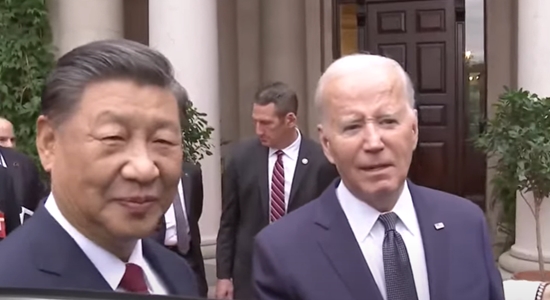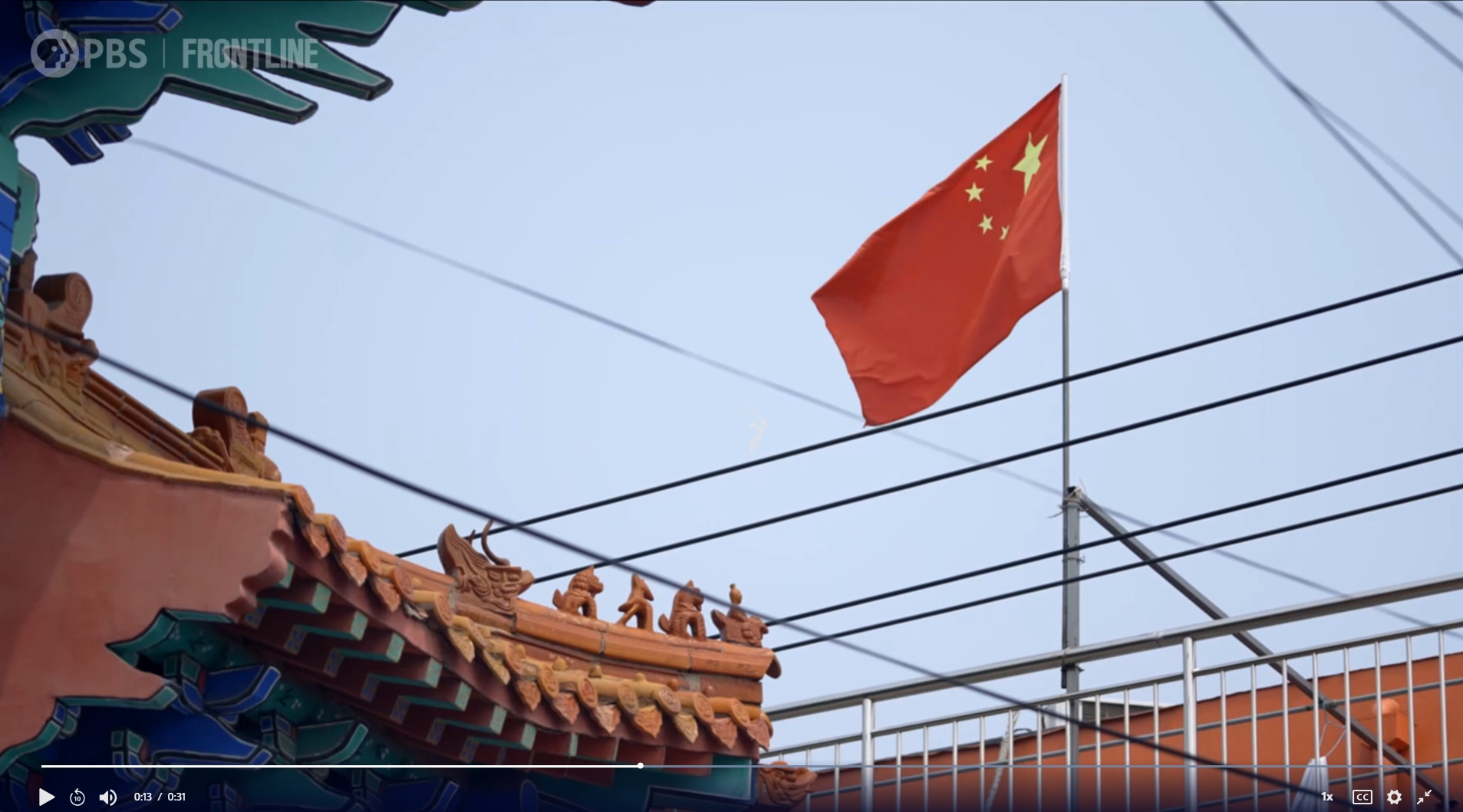
For the Chinese government, the spread of pro-China propaganda—both domestically and internationally—is a top priority, right up there with surveillance, censorship, occupying the territory and depleting the resources of other countries, and brutally repressing Tibetans and Uyghurs.
The means of conveying China’s propaganda range from prolific press releases, paid supplements, and social media posts to infiltration of foreign educational institutions and acquisition of foreign-based media enterprises. The purpose is to hammer home how sweet and glorious the Chinese totalitarian regime always is and how misbegotten and mendacious is all legitimate criticism of the regime. The ingredients of the propaganda include selective and distorted detail, studied indifference to relevant evidence, brazen lies, and endless repetition of the lies. The effusion succeeds to the extent that exposed persons cannot or will not objectively assess the claims and implications or check anything out.
We can add “borrowing a boat to go out on the ocean”—outsourcing of propagandistic programming to foreign media partners—to the major methods of conveyance. Ivana Karásková discusses the trend and in particular the example of China Radio International’s production of content for two Czech radio stations, Radio HEY and Radio Color (The Diplomat, “How China’s Propaganda Infiltrated Radio Stations in Europe,” September 25, 2023):
From 2019 to May 2023, these [two Czech] radio stations broadcasted a program titled “Barevný svět” (Colorful World), a nearly 30-minute segment aired six times a week, with the objective of acquainting Czech listeners with Chinese culture, language, and history. . . .
The broadcast meticulously avoided addressing any topics that could be deemed critical of China [and] consistently portrayed the Chinese government in a predominantly positive light. While the program ostensibly avoided delving into security and political matters, it was by no means devoid of political undertones. Quite the contrary, it frequently asserted claims about Tibet being an integral part of China and praised the “civilizing mission” of the Chinese in Tibet, often making disparaging references to the Tibetan theocracy. Additionally, the assertion that Taiwan belongs to the People’s Republic of China was reiterated not only in episodes dedicated to Chinese islands—such as the statement that “Hainan is the largest Chinese island after Taiwan”—but also in segments discussing Chinese mountain ranges.
Though delivered by native Czech speakers, the scripts for the program were conspicuously deficient in references to Czech culture or in the use of Czech idiom, which, Karásková notes, “raised questions regarding the authorship of the material.” Radio Hey and Radio Color never told their listeners about the involvement of China Radio International, and they have denied any connection between “Colorful World” and CRI. Even so, the stations abruptly killed the long-running program after The Diplomat’s investigation.
Segments that were never aired in the Czech Republic but were included in a CRI web archive of “Colorful World” hint at the affiliation. Like this statement:
Chinese Radio International. This is Beijing. Dear listeners, welcome to the shortwave service of China Radio International, where we are broadcasting a brand-new program called “Barevný svět” [Colorful World], which we are producing in cooperation with the Czech Radio HEY . . .
Hey, that seems definitive.





